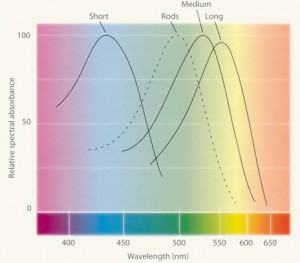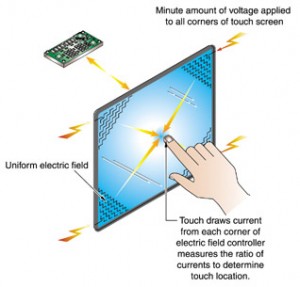I think it was rather fitting that on this day early into our Art-Sci camp we learned about microscopes. After all, it is only with the knowledge and understanding of microscopes that I believe one can truly appreciate how our world functions in its extremely basic level.
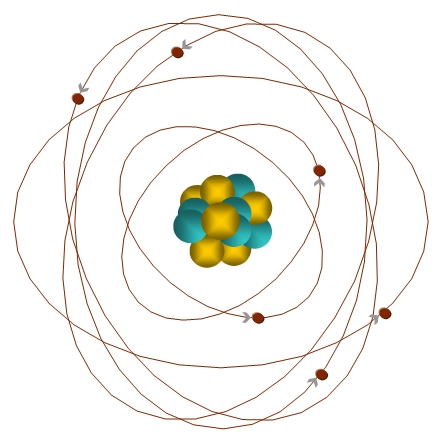
This is how an atom looks like pictured my text book

This is the kind of zoomed up picture that I saw.
I came to this conclusion as I stood in Professor Sergei’s room, gazing at his computer screen. Produced on the unassumingly ordinary screen was an image that amazed me. Professor Sergei had cranked up the scanning electron microscope to 800,000 times zoom and I was looking at a mass of dots on this screen that the professor casually labeled as atoms. I was taken aback (careful not to move too much though in the delicate lab workspace). What I had only previously known as a bubbly, colored picture in a text book materialized into my reality. It was so interesting to put a realistic image to something so fundamentally small. I think using this high powered scanning electron microscope is so vital to nanoscience because it proves something. Sure the equations can prove that a particle should be there, or predict one like the Higgs Boson, but this experience made me realize the power of human’s science which has expanded into a realm where we keep getting closer to understanding the basis of existence.
The microscopes themselves were interesting in their own regards. This scanning electron microscope worked by sensitively tracing electrons that deflected off of the object and using this information as a picture. Its interesting how the electrons bounce off though, because at first they are repelled, then attracted, then repelled again. Because electrons follow a certain law for their angle of repelling, we are able to map out a very precise picture to a million times zoom. It was amazing to think about.
Speaking of the imagine, to the avid artist I am, I think the image of the electrons was pretty aesthetically captivating.
- This is what the microscope looked liked.
Favorite quotes by Professor Sergei
(In response to the sample moving on the screen due to the metal expanding)– “Sometimes we have hot students!
–“Sometimes people get mad because we magnify their mistakes a million times.”
–“To operate this machine you must have the perfect hair length.”
http://people.uvawise.edu/jrb/arts.html
http://www.sv.vt.edu/classes/MSE2094_NoteBook/96ClassProj/experimental/electron.html
http://micro.magnet.fsu.edu/micro/gallery/aminoacid/aminoacid.html
http://www.emc.maricopa.edu/faculty/farabee/BIOBK/BioBookCHEM1.html
http://www.scharfphoto.com/about/

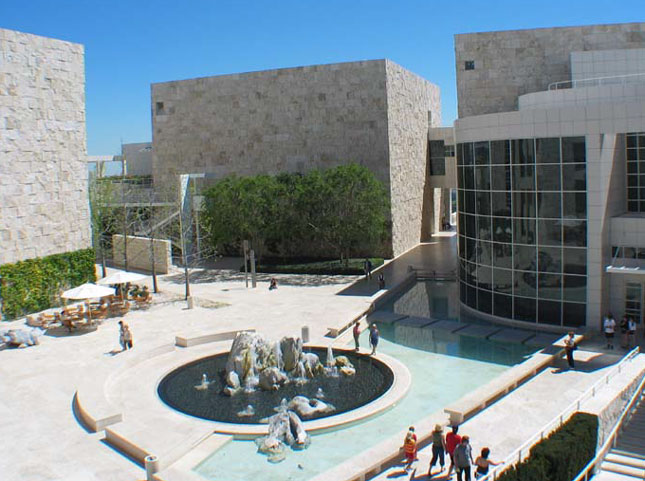
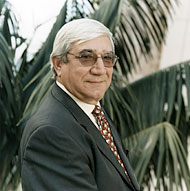
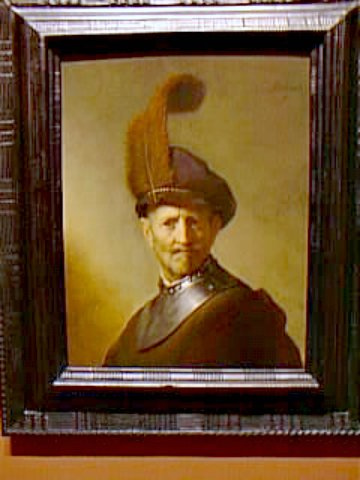
 of our sci-fi film series, we watched the movie
of our sci-fi film series, we watched the movie  frame of his blackouts change the future once he comes back from going back to the past. As he continues to do this, he realizes although he has good intentions, his actions yield
frame of his blackouts change the future once he comes back from going back to the past. As he continues to do this, he realizes although he has good intentions, his actions yield  is a reference to the
is a reference to the 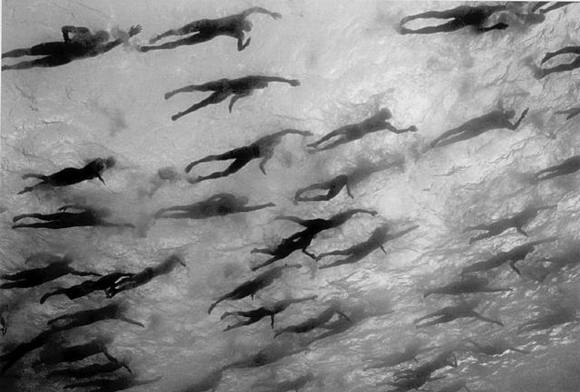
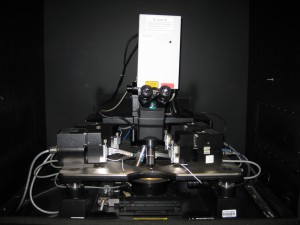
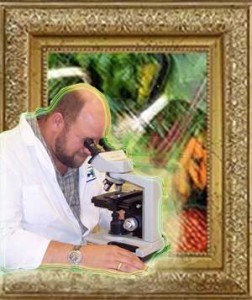

 The way it works is vaults, something the body produces naturally, are at the nano scale and are hollow on the inside. What you do is you open the vaults and put the cancer medicine inside the vault then reseal it. Then you just inject them where you want them to release the medicine and it only kills the specific cancer cell rather than the good healthy cells. The vaults enter the cancer cell and only then do they began releasing the medicine.
The way it works is vaults, something the body produces naturally, are at the nano scale and are hollow on the inside. What you do is you open the vaults and put the cancer medicine inside the vault then reseal it. Then you just inject them where you want them to release the medicine and it only kills the specific cancer cell rather than the good healthy cells. The vaults enter the cancer cell and only then do they began releasing the medicine.
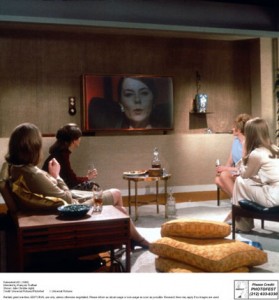
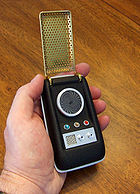
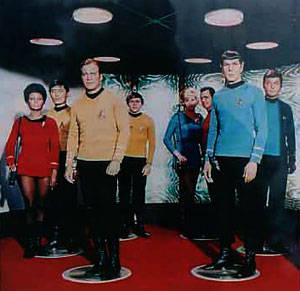 Links
Links


 The Nandage is very comfortable on the inside but tough and protecting on the outside. The Nandage’s inside is lined with nano silver to keep the inside of the Nandage clean and not smell like regular casts do after a couple of weeks of wear and tear. The Nandage is applied by wrapping it around your sprain or break like a regular bandage.
The Nandage is very comfortable on the inside but tough and protecting on the outside. The Nandage’s inside is lined with nano silver to keep the inside of the Nandage clean and not smell like regular casts do after a couple of weeks of wear and tear. The Nandage is applied by wrapping it around your sprain or break like a regular bandage. 


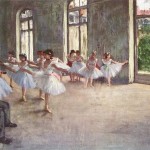
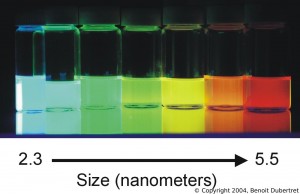
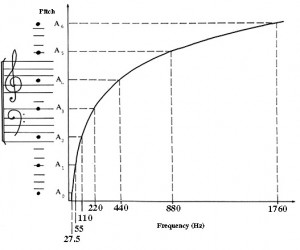 After learning about nanotechnology and its applications, students formed groups of three to five and brainstormed about new, unique, and somewhat “impossible” projects for the future.
After learning about nanotechnology and its applications, students formed groups of three to five and brainstormed about new, unique, and somewhat “impossible” projects for the future.